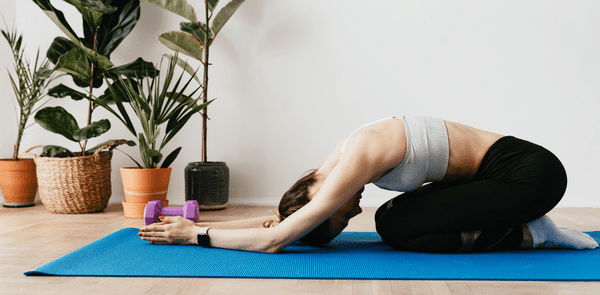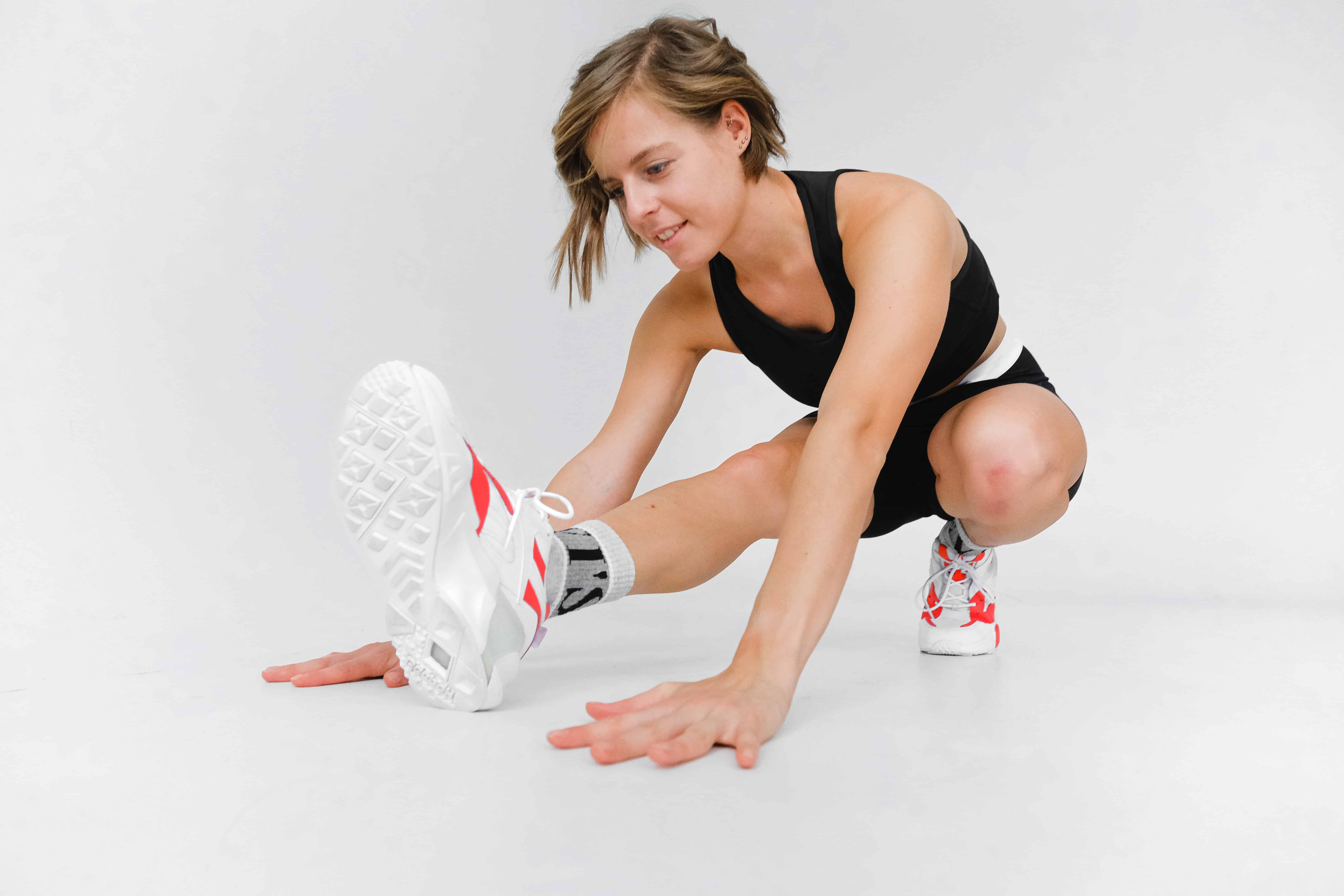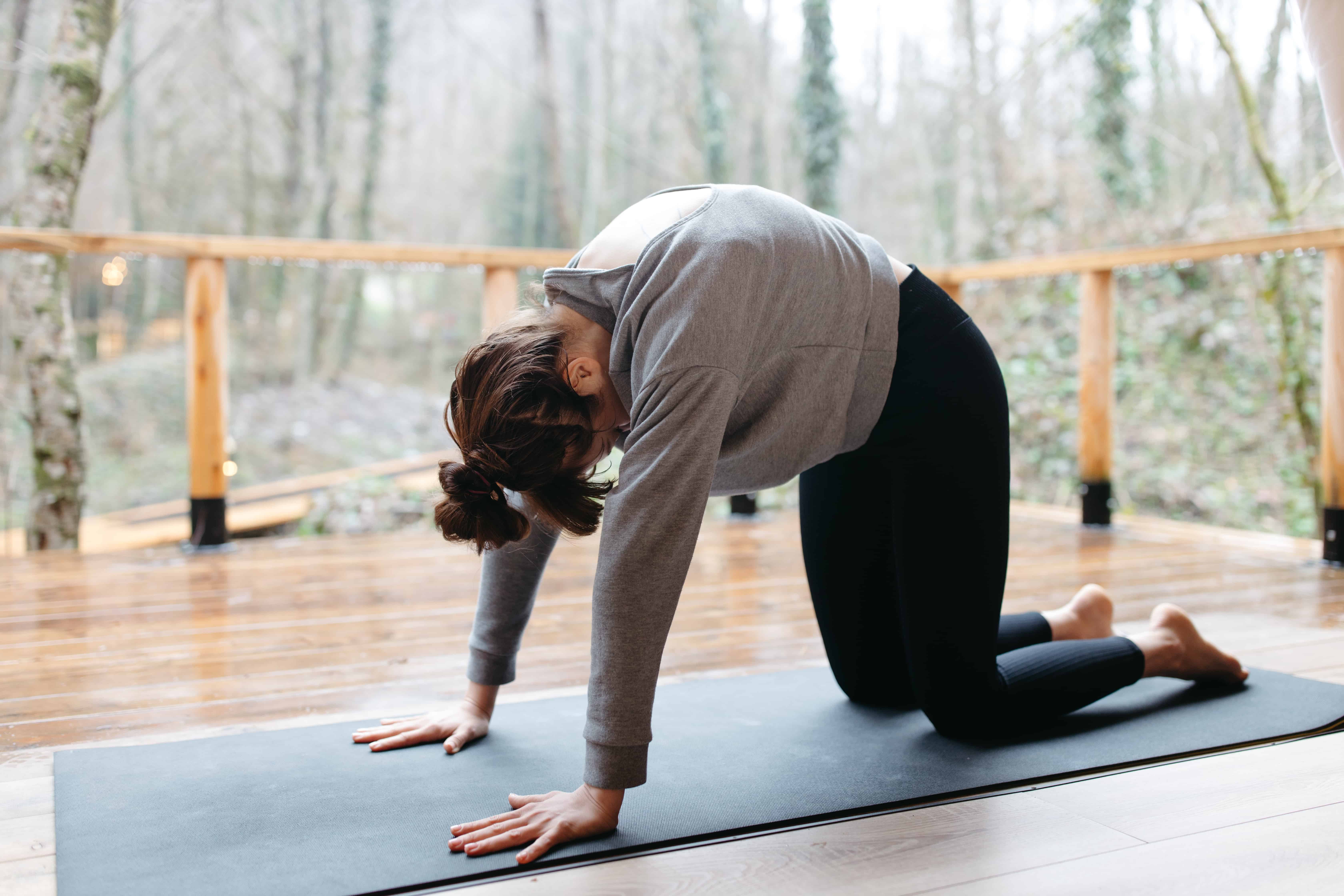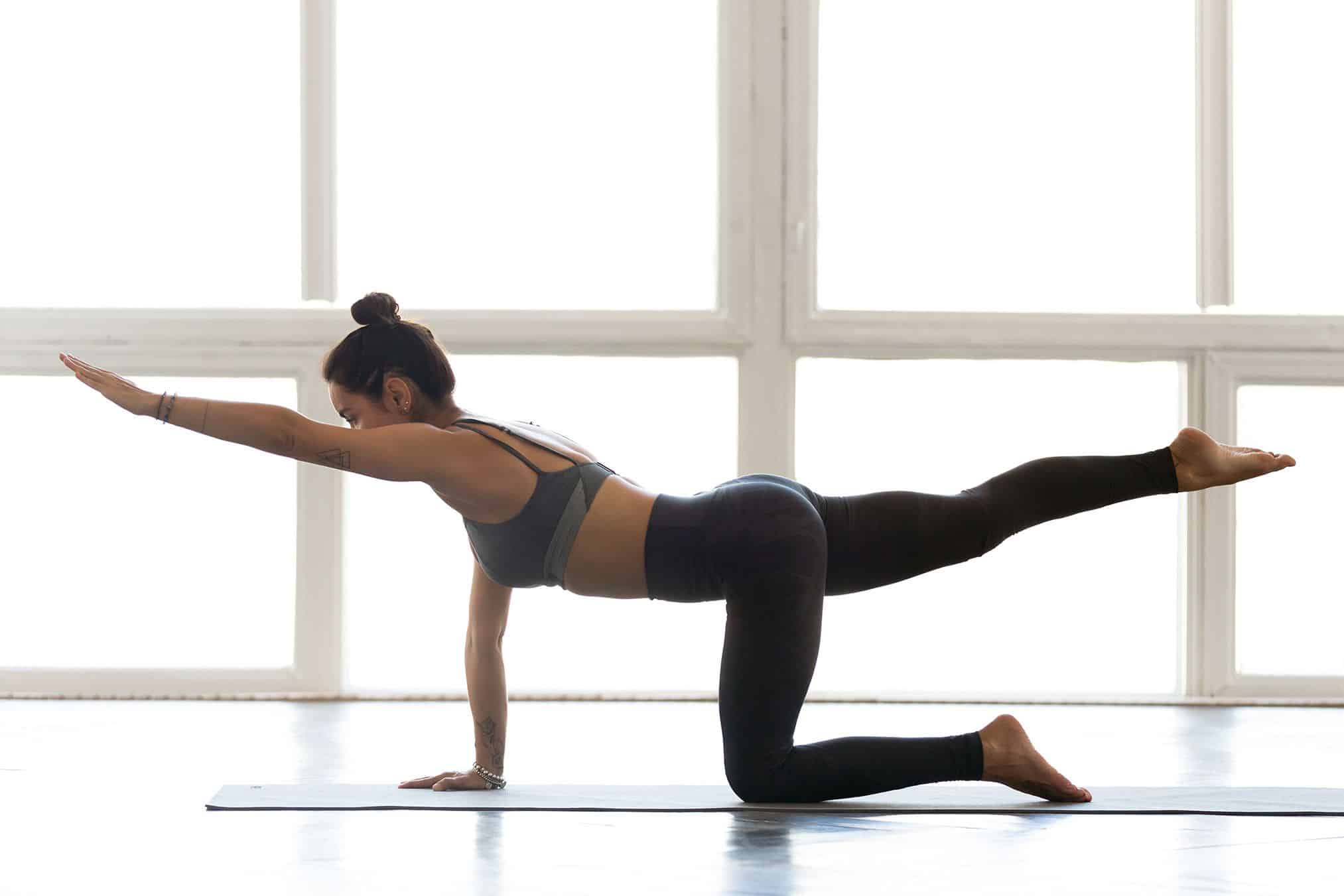Pre-workout stretches are always a good idea. It preps up your body for a workout by warming up your muscles. If you’re short in time, it can be tempting to skip it and jump right into your routine. But did you know there’s a lot of value in taking just 5 to 10 minutes of regular stretching?
For starters, it increases blood circulation and balance of flexibility. This results in improved performance and better results. On top of that, it reduces the risk of any strains or injuries while exercising.
If you want to ensure you’re performing at your best during your workouts, keep reading. These pre workout stretching tips will leave you feeling ready to take on anything!
Building Your Stretching Routine
The stretches you’d do prior to your actual workout aren’t exactly what you’d equate with “stretching.” Such stretching techniques are what you call dynamic stretches. This involves actively moving your body through its range of motion. The moves also work best for your cool-down after your training session.
Dynamic stretching also warms up the body more than static stretching. Static stretches allow you to get into the pose and hold it. This method slowly lengthens the muscle until a stretch is felt, then holds it in that position in due time. Some examples of static stretches include leg swings or a cobra stretch. Unlike dynamic, going static before may reduce your ‘explosiveness’ for the coming routine.
In some cases, combining both can help target all major muscle groups. Knowing which suits your body condition best – sticking to dynamic alone or a mixture of the two. Doing the stretches the right way is also key in an effective pre workout stretching routine.
There’s a variety of stretches you can do and add to your routine, but let’s start with the basics:
Backstretch
If you have minor posture problems or are experiencing back pain, make it a habit to do back stretching. As simple as the cat stretch, also known as the cat-camel or cow stretch, will do. Here’s how it works:
- Get down on your hands and knees on the floor.
- Relax your head and allow it to droop.
- Perform the cat stretch by rounding your back up toward the ceiling. Do so until you feel a nice stretch in your upper, middle, and lower back.
- Hold for about 15 to 30 seconds.
- Return to the starting position with a flat back while on all fours.
- Slowly lift your buttocks toward the ceiling with a camel pose, arching your upper spine.
- Hold for about 15 to 30 seconds.
- Repeat the cycle 2 to 4 times.
Child’s pose
The child’s pose is, in fact, a beginner’s yoga pose but also an effective pre-workout stretch. The position stretches the thighs, hips and ankles, plus helps relax the body and mind. Make it a dynamic warmup by easing into and out of the stretch, opening up your back and shoulders. Here’s how to do it:
- Get into a kneeling position on your mat with your toes together and your knees hip-width apart.
- Take a deep inhale. On the exhale, lower your torso between your knees.
- Extend your arms alongside your torso with your palms facing down. Relax your shoulders toward the ground, and rest in the pose for as long as needed.
Don’t worry if your glutes don’t reach your heels. You can also use them for extra cushioning if your knees hurt in this position.
Donkey kick
Donkey kicks are a great way to warm up your shoulders and core. The moves also target the glutes in a way many other dynamic compound exercises can’t. No equipment is needed, and it can be modified for all fitness levels.
When performing this dynamic stretch, make sure to keep the movements controlled. Here’s how to achieve it:
- Start in an all-four position. Your knees under your hips, wrists under your shoulders, and your core engaged.
- Kick your right leg up toward the ceiling while keeping your knee bent and your right foot flexed.
- Keep your spine neutral and avoid any arching.
- Return your right knee to the floor for one rep.
- Repeat on the other side.
Complete 20 reps on each leg for 4-5 sets. If your hips twist or lean to one, try it with one hip next to a wall to keep it anchored.
Downward dog
This is an outstanding pose for stretching the lower back and legs and hamstring muscles. If you’ve ever owned a dog, you know where this pose got its name.
The position is inherent in dogs because of the release it provides in the spine. More than this, it’s a pose of strength, perfect for prepping your muscles before your workout. Here’s how it works:
- Begin in a kneeling position on your mat with hands under your shoulders, fingers spread wide.
- Tuck your toes under and engage your abdomen as you push your body up off the mat. Only your hands and feet stay on the ground.
- Press through your hands. Move your chest gently toward your thighs and your heels gently toward the floor.
- Relax your head and neck, and breathe.
The deeper you want to stretch, the more you need to push through your upper body muscles. Plus, the better you work on your isometric strength!
Bird dog
Whatever your routine, core stabilisation is key, and this move will help kick that off! The bird dog targets the core and helps improve stability, encourage a neutral spine, etc.
This exercise pose uses the whole body to strengthen your hips and back muscles. It also helps increase the range of motion. Even older adults can benefit from this! Here’s how to perform the pose:
- Start on your hands and knees with the hands under the shoulders and the knees under the hips.
- Extend one leg and the opposite arm at the same time.
- Pause for 3 to 5 seconds, return to the starting position, and switch sides.
- Continue alternating sides until the set is complete. Ideally, sets of 10-20 reps/side.
The Benefits of Dynamic Stretching
Stretching is an essential part of any exercise routine. Yet, so many people underestimate its far-reaching benefits. Besides the reduced risk of injury, it improves performance and boosts mood. Most importantly, it prepares your body for the upcoming workout.
With improved control over your body, you can move with greater control. This reduces the risk of sprains, strains or other common physical injuries. Moreover, it increases blood circulation throughout your body. This fuels your muscles with oxygen-rich blood before they experience muscular tension.
Tips for Fitting Stretching into Your Routine
Finding time for stretches can be challenging if you lead a hectic lifestyle. Or have no set schedule from day to day. Lucky for you, there are still ways to fit stretching into your workout – or even daily routine:
1. Determine what type of stretches work best for your body
Know where the ‘muscle tightness’ lurks within each of your muscle groups. This way, you avoid those areas and maximise results when stretching and exercising.
2. Set aside 5 minutes pre + post-exercise for stretching
Allot at least 5 minutes before and after workouts so you can have a breather. This will also give your body enough time to warm up and recover afterwards.
3. Make use of midday breaks by doing small-scale stretches
Use little bits of your free time on lunch breaks by doing some dynamic stretches – or even as simple as arm swings. Moving your body is better than sitting still throughout the day!
Pre-workout Stretches: Round-up
When creating your pre-workout stretching routine, start with lighter and easier stretches first. Then, gradually work up towards more intense stretches over time. This will help you warm up without overdoing or risking injury due to a lack of preparation.
Adding breathing exercises after completing your workout can be profound. This case is especially true for those with chronic issues. Doing so will help relax tense muscles even further before starting the workout.
If you don’t know where to start, pick at least 2-3 stretches from above. Whichever, they’ll help you have the best possible performance during your session – that’s for sure!



 (
( (
( (
( (
( (
( (
(